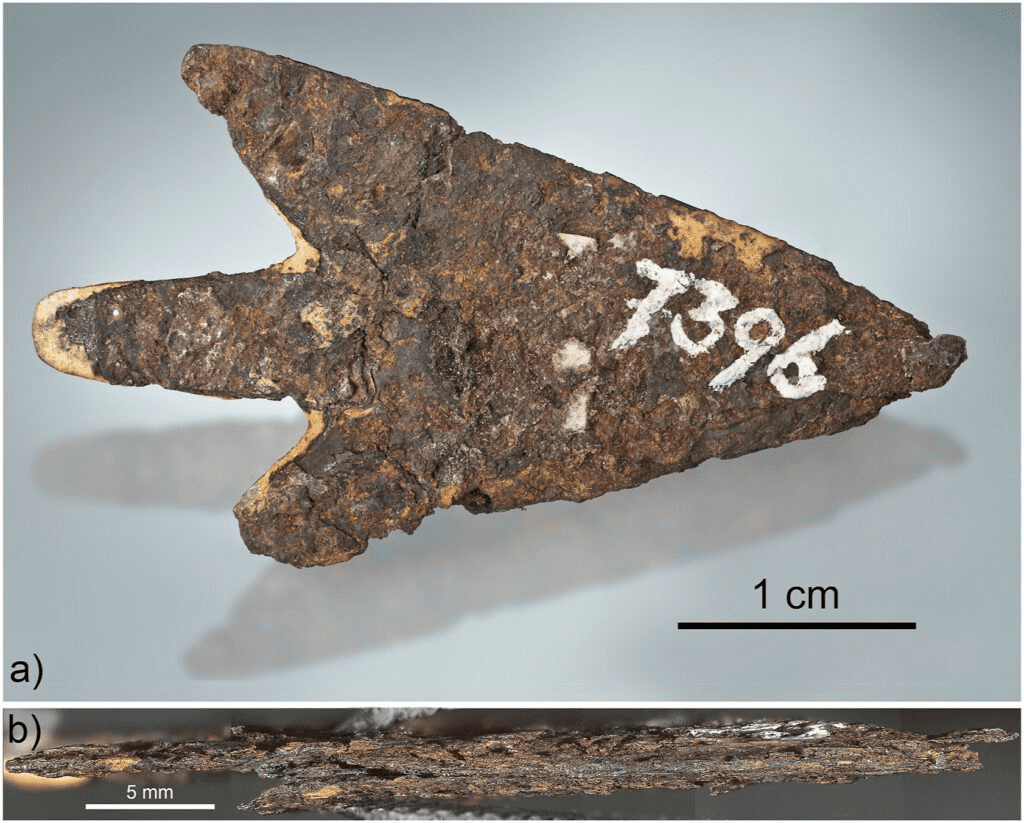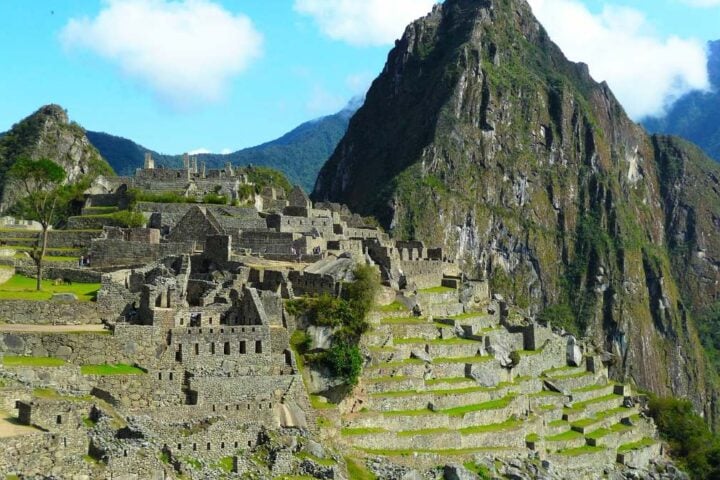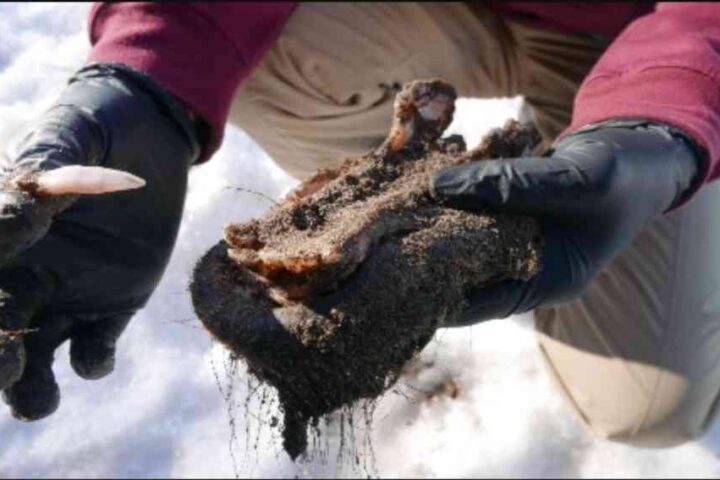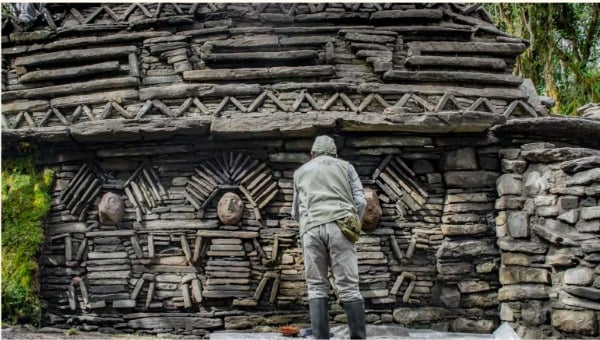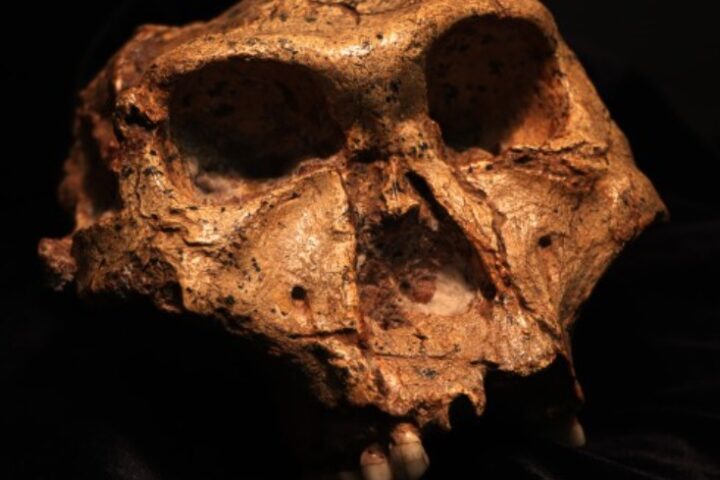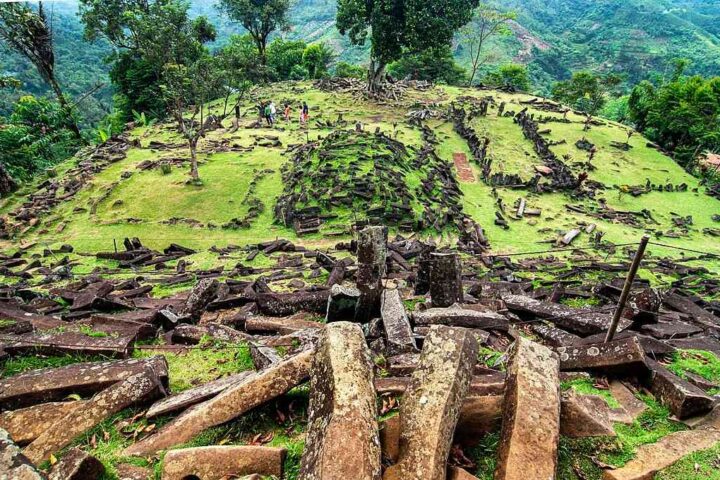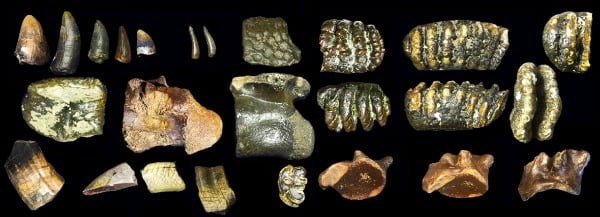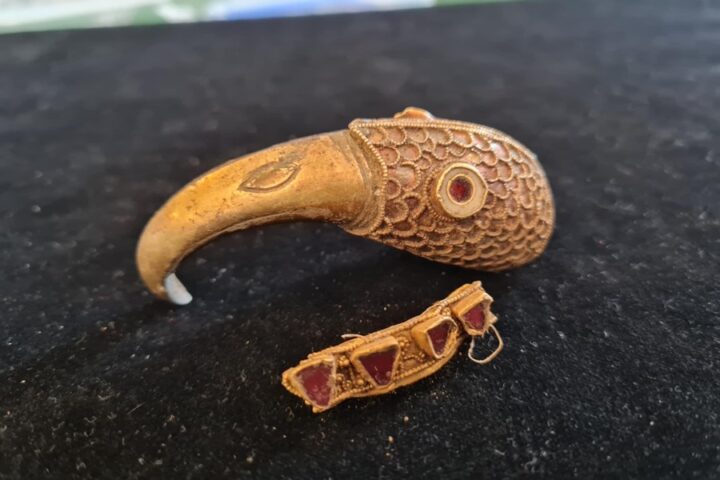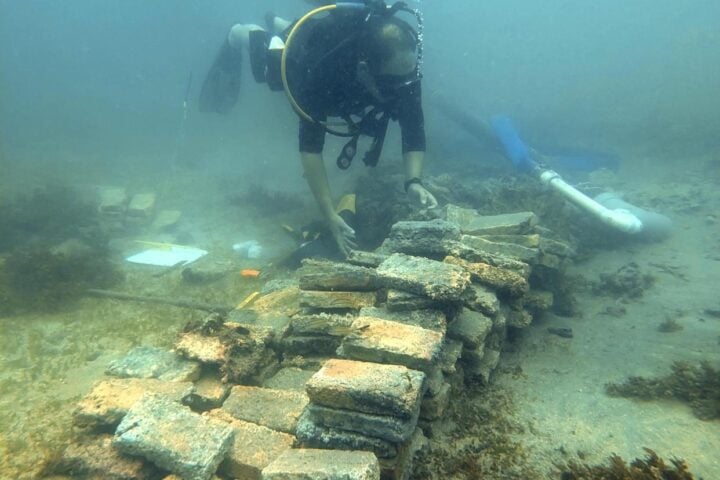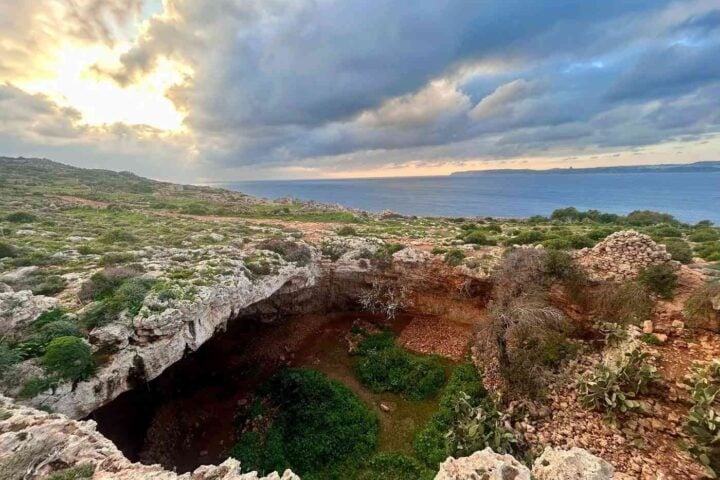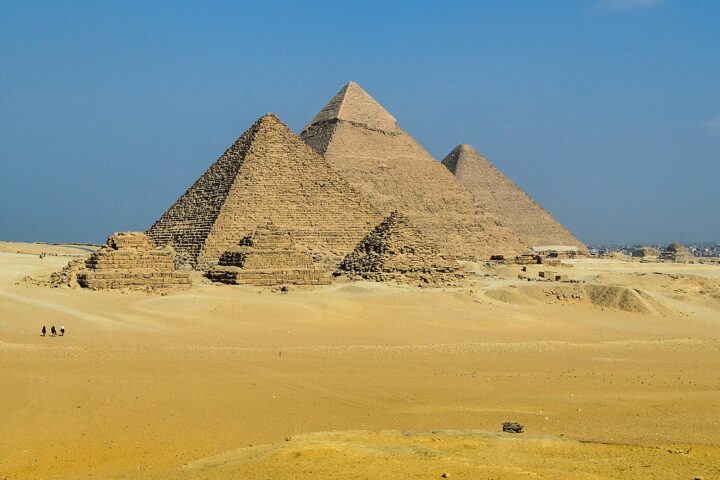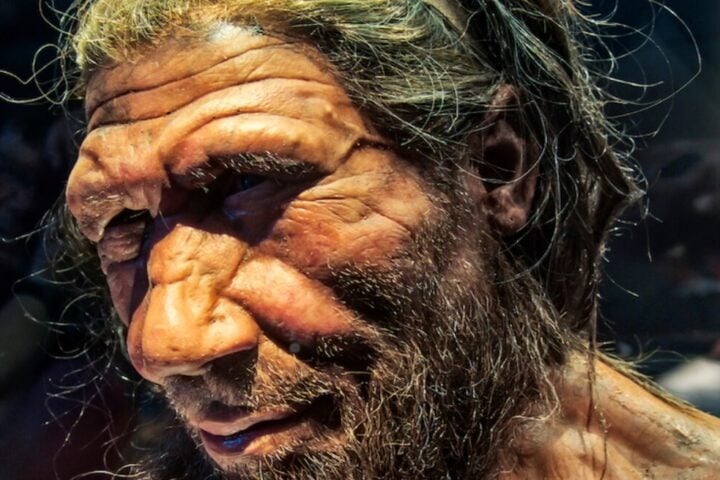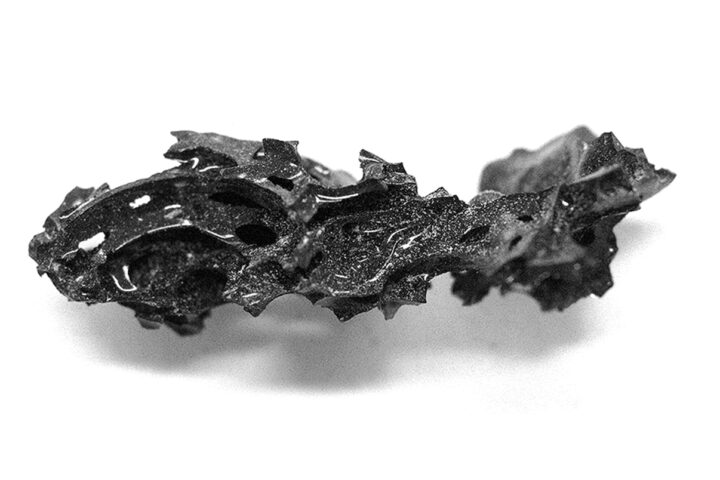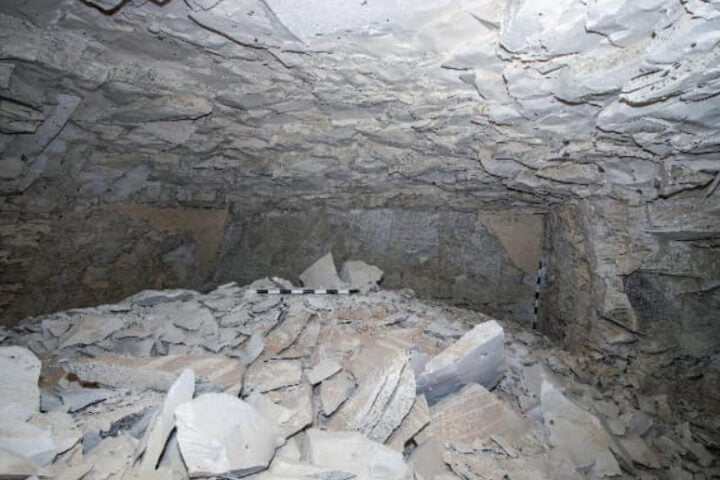A Bronze Age arrowhead, discovered in Switzerland in the 19th century, has unveiled an unusual origin; it is crafted from iron extracted from a meteorite. The iron used for the arrowhead has been found to have originated from a meteorite that landed as far away as Estonia.
This discovery demonstrates the vast prehistoric trade networks that existed thousands of years ago. The intriguing find was made by Geologist Beda Hofmann and his team from the Natural History Museum of Bern and the University of Bern. Iron was a rare resource during the Bronze Age, leading our ancestors to utilize meteoritic iron that had fallen to Earth.
Iron meteorites, consisting mainly of iron, nickel, and other metals, were preferred due to their durability during atmospheric entry. It is presumed that almost all Bronze Age iron tools and weapons were made from these meteorites. While meteoritic iron artifacts are mostly found in the Middle East, Egypt, and Asia, a few have been discovered in Europe.
The Mörigen settlement in Switzerland, existing around 800 to 900 BCE, offers significant insights into these meteoritic iron artifacts. Among the previously excavated objects from Mörigen, Hofmann’s team found an iron arrowhead made from a meteorite. The arrowhead’s composition did not match the local meteoritic iron, indicating its origin to be from a unique class of meteorites known as IAB meteorites.
Tracing the origins, the arrowhead closely aligns with the Kaalijarv meteorite that fell around 1500 BCE in Estonia. The meteorite’s location, approximately 994 miles or 1,600 kilometres away from Mörigen, indicates it possibly travelled through extensive ancient trade routes. The arrowhead is a small artifact measuring 1.5 inches and weighs just one-tenth of an ounce, hinting at its use in lightweight tools and weapons.
The arrowhead was found covered with traces of pitch likely harvested from a birch tree, used to affix it to the shaft of a wooden arrow. Contrary to expectations, the arrowhead’s iron did not come from the nearby Twannberg debris field but from an IAB meteorite. The researchers concluded that the arrowhead’s iron most likely came from the Kaalijarv meteorite fall in Estonia.
Similar Post
This discovery implies that prehistoric trade networks connected central Europe with distant lands, including Northern Europe. Despite uncertainty about the exact source, it’s believed other pre-Iron Age artifacts might share the same origin.
The Kaalijarv meteorite fall produced a vast quantity of workable metal chunks, suggesting the existence of many similar objects. These objects, likely exchanged along prehistoric trade networks, could show up in far-off and truly surprising locations.
Before the smelting process was known, iron from meteorites was the only source of this metal, used by Bronze Age people to make objects, including tools, weapons, and jewelry. Archaeologists have recovered only 54 artifacts made from meteoric iron since the 19th century, from 21 different sites across Eurasia and North Africa.
These objects have been found in eight different countries, demonstrating impressive geographical distribution and evidence of long-distance trade. More of these artifacts could be hidden in private or public collections worldwide, and in archaeological sites yet to be excavated.
Such artifacts are likely to be discovered on every continent eventually, given meteorites’ long history of striking Earth. This unique find sheds new light on prehistoric trade networks, use of extraterrestrial materials, and the technological ingenuity of our ancestors.
